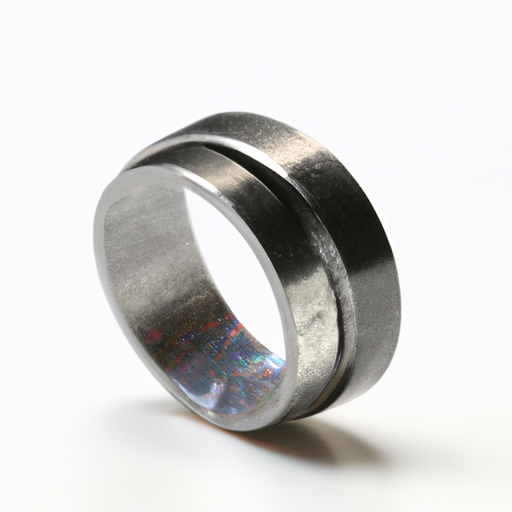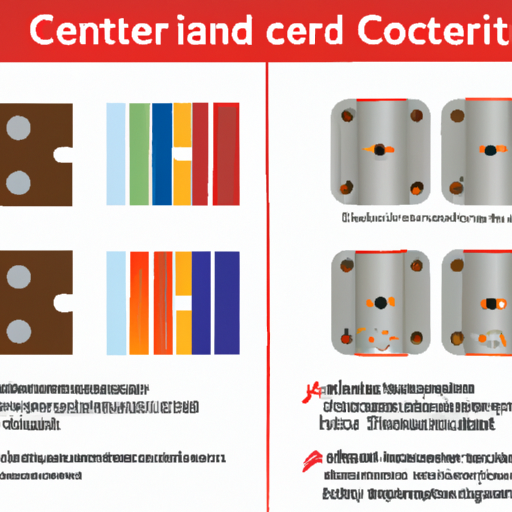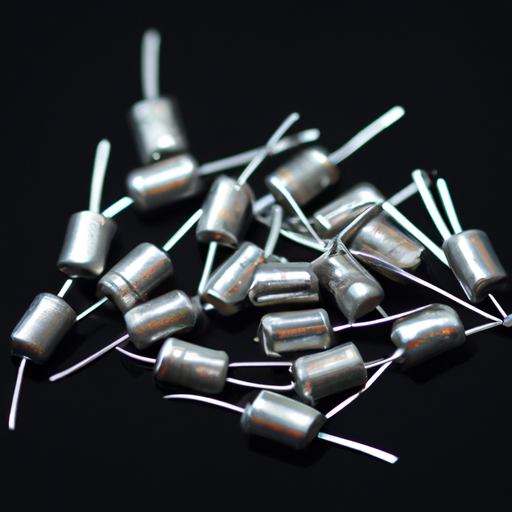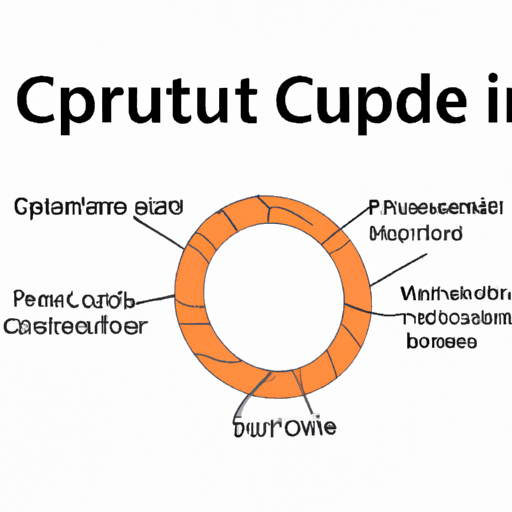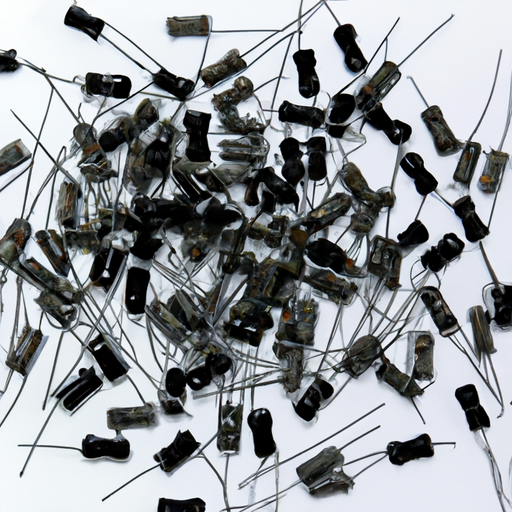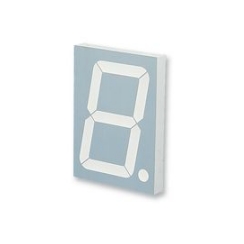What is the production process of mainstream magnetic ring inductors?
The Production Process of Mainstream Magnetic Ring Inductors
I. Introduction
Magnetic ring inductors are essential components in electronic circuits, playing a crucial role in energy storage, filtering, and signal processing. These inductors are designed to store energy in a magnetic field when electrical current flows through them, making them indispensable in various applications, from power supplies to radio frequency (RF) circuits. Understanding the production process of these inductors is vital for engineers and manufacturers alike, as it ensures the creation of high-quality components that meet the demands of modern electronics.
II. Materials Used in Magnetic Ring Inductors
A. Core Materials
The core of a magnetic ring inductor is fundamental to its performance. The choice of core material affects the inductor's inductance, efficiency, and frequency response. Common core materials include:
1. **Ferrite**: Ferrite cores are made from a ceramic compound of iron oxide mixed with other metals. They are widely used due to their high magnetic permeability and low losses at high frequencies, making them ideal for RF applications.
2. **Iron Powder**: Iron powder cores are composed of small iron particles that are insulated from each other. They offer good performance at lower frequencies and are often used in power inductors.
3. **Amorphous Alloys**: These materials are non-crystalline and provide excellent magnetic properties. They are particularly effective in reducing core losses, making them suitable for high-efficiency applications.
B. Wire Materials
The wire used to wind the inductor coil is another critical component. The most common materials include:
1. **Copper**: Copper wire is favored for its excellent electrical conductivity, which minimizes resistive losses. It is often coated with enamel for insulation.
2. **Aluminum**: While less conductive than copper, aluminum is lighter and more cost-effective. It is sometimes used in applications where weight is a concern.
C. Insulation Materials
Insulation is crucial to prevent short circuits and ensure the safe operation of inductors. Common insulation materials include:
1. **Enamel Coating**: This is a thin layer of insulation applied to the wire, providing electrical isolation while allowing for close winding.
2. **Other Insulating Materials**: Additional insulation may be used, such as plastic or paper, to enhance durability and thermal resistance.
III. Design Considerations
A. Inductor Specifications
Before production begins, engineers must define the specifications of the inductor, including:
1. **Inductance Value**: This is the measure of the inductor's ability to store energy in a magnetic field. It is determined by the core material, the number of turns in the coil, and the geometry of the inductor.
2. **Current Rating**: The maximum current the inductor can handle without overheating is critical for ensuring reliability in circuits.
3. **Frequency Response**: The inductor's performance at different frequencies must be considered, especially for applications in RF and power electronics.
B. Simulation and Prototyping
To validate the design, engineers often use simulation software to model the inductor's performance. This allows for adjustments before physical prototypes are created. Prototyping is essential for testing the design under real-world conditions, ensuring that it meets the required specifications.
IV. Manufacturing Process
A. Core Production
1. **Material Selection**: The first step in manufacturing is selecting the appropriate core material based on the inductor's specifications.
2. **Shaping and Sintering**: The core material is shaped into the desired form, often using a process called sintering, where the material is heated to a temperature that causes it to bond without melting.
3. **Quality Control**: Throughout the core production process, quality control measures are implemented to ensure that the cores meet the required standards.
B. Winding the Coil
1. **Wire Preparation**: The selected wire is prepared by cutting it to the required length and applying insulation.
2. **Winding Techniques**: The wire is wound around the core using automated machines. Different winding techniques, such as helical or layered winding, can be employed depending on the design.
3. **Layering and Insulation**: In multi-layer inductors, insulation is applied between layers to prevent short circuits and ensure performance.
C. Assembly
1. **Core and Coil Integration**: Once the coil is wound, it is carefully integrated with the core. This step is crucial for ensuring that the magnetic field is effectively utilized.
2. **Additional Components**: Depending on the design, additional components such as capacitors or resistors may be integrated into the assembly.
D. Encapsulation and Finishing
1. **Protective Coatings**: The assembled inductor is often coated with a protective layer to enhance durability and resistance to environmental factors.
2. **Final Quality Checks**: Before the inductors are packaged, they undergo final quality checks to ensure they meet all specifications and standards.
V. Testing and Quality Assurance
A. Electrical Testing
1. **Inductance Measurement**: Each inductor is tested to measure its inductance value, ensuring it aligns with the design specifications.
2. **Resistance and Current Testing**: The resistance of the wire and the inductor's ability to handle current are also tested to confirm performance.
B. Environmental Testing
1. **Temperature and Humidity Tests**: Inductors are subjected to various environmental conditions to ensure they can operate reliably in different settings.
2. **Mechanical Stress Tests**: These tests assess the inductor's durability under physical stress, such as vibration or shock.
C. Compliance with Standards
1. **Industry Standards**: Compliance with industry standards, such as ISO and IEC, is essential for ensuring quality and safety.
2. **Certification Processes**: Many manufacturers seek certification from recognized bodies to validate their products' quality and reliability.
VI. Applications of Magnetic Ring Inductors
Magnetic ring inductors are used in a wide range of applications, including:
A. Power Supply Circuits
Inductors are critical in power supply circuits, where they help smooth out voltage fluctuations and store energy.
B. Signal Processing
In signal processing applications, inductors filter out unwanted frequencies, ensuring that only the desired signals are transmitted.
C. RF Applications
Inductors are essential in RF circuits, where they help tune circuits to specific frequencies and improve signal quality.
D. Automotive and Industrial Uses
In automotive and industrial applications, inductors are used in various systems, including motor drives, power converters, and control systems.
VII. Challenges in Production
A. Material Sourcing
Sourcing high-quality materials can be challenging, especially with fluctuating prices and availability.
B. Technological Advancements
Keeping up with technological advancements in materials and manufacturing processes is essential for maintaining competitiveness.
C. Cost Management
Balancing quality with cost is a constant challenge in the production of magnetic ring inductors.
D. Environmental Considerations
Manufacturers must also consider environmental regulations and sustainability practices in their production processes.
VIII. Future Trends in Magnetic Ring Inductor Production
A. Innovations in Materials
Research into new materials, such as nanocrystalline and composite materials, is ongoing, promising improved performance and efficiency.
B. Automation and Smart Manufacturing
The adoption of automation and smart manufacturing techniques is expected to enhance production efficiency and reduce costs.
C. Sustainability Practices
As environmental concerns grow, manufacturers are increasingly focusing on sustainable practices, including recycling materials and reducing waste.
D. Market Demand and Growth Projections
The demand for magnetic ring inductors is projected to grow, driven by advancements in technology and the increasing need for efficient electronic components.
IX. Conclusion
The production process of mainstream magnetic ring inductors is a complex and multifaceted endeavor that requires careful consideration of materials, design, and manufacturing techniques. As technology continues to evolve, the importance of quality and innovation in this field cannot be overstated. By understanding the production process and the challenges involved, manufacturers can better position themselves to meet the growing demands of the electronics industry and contribute to the development of more efficient and reliable electronic components. The future of magnetic ring inductors looks promising, with ongoing advancements paving the way for new applications and improved performance.

